Seven years ago, to the week, Naughty Dog released the third-person, survival-action game The Last of Us. It floored fans and critics and sold 20 million copies across two editions, cementing a position in the pantheon of great video games. Now the sequel is upon us: Naughty Dog will release the much-anticipated follow-up, The Last of Us: Part 2, on Friday.
The Last of Us: Part 2 is a direct follow-up to the first game. If you haven’t played the first game, you’ll pick up the mechanics pretty easily, but, in terms of story, you’ll be totally lost. Many scenes are referential; some are straight-up callbacks. Characters and plot events reference things that happened in the first game. Maybe it’s been seven years since you’ve played the first one. Maybe you never touched it at all. Rather than play or replay a 15-hour game — or watch a six-hour “movie version” playthrough — here’s what you need to know.
(A special shoutout to the folks who compile and maintain the ridiculously thorough The Last of Us Wiki. In researching this article, few resources — including the source material — were more valuable. Keep up the awesome work!)
Spoilers follow, obviously, for The Last of Us.
Why all the fuss over a zombie game?
For all intents and purposes, The Last of Us is a zombie game. But The Last of Us will never admit that.
In The Last of Us, humanity is ravaged by a parasitic strain of ophiocordyceps unilateralis, which causes an illness called Cordyceps Brain Infection (CBI) in hosts. CBI drives victims mad and overrides their brain processes. Victims are left with one irrepressible urge: “Spread this virus by biting people.”
The cordyceps virus is also airborne. When a host dies, their lifeless corpse mutates into a spore-spewing husk. These spores are instantly infectious, so pretty much every surviving human carries around a gas mask 24/7.
Shortly after the outbreak, roughly 60 per cent of the population is either infected by or killed as a result of (read: chomped on by not-zombies) CBI. Please forgive me for giving you impending nightmares, but you should also know that the cordyceps virus responsible for CBI is inspired by a real-world virus.
That sounds like zombies.
They’re not zombies. Humans who suffer from CBI are referred to as “the Infected.” The word “zombie” isn’t mentioned once in The Last of Us oeuvre.
The first stage of infection happens within a few days of exposure. All inhibitions on aggression go out the window. At this stage, the Infected becomes hostile and attacks any non-Infected humans on sight — generally via clawing and biting. These not-zombies are called runners.
After a few weeks, runners start losing their vision and start developing rudimentary echolocation. They can still see somewhat, though, and are just as fast and aggressive as runners. These formidable not-zombies are called stalkers.
Stalkers who make it to their first birthday (incubation-day?) enter the third stage of infection and become clickers. The fungal growth that starts in stage two has, by now, completely overtaken any remaining human features. As a result, clickers can’t see at all. They rely entirely on echolocation, which they perform through a loud and petrifying language of clicks and screeches. While clickers are slower than runners and stalkers, they’re far stronger. Fun fact: These not-zombies are the scariest undead creatures dreamt up in all of history. Seven years later, I’ve heard that some people — definitely not me — still have nightmares.
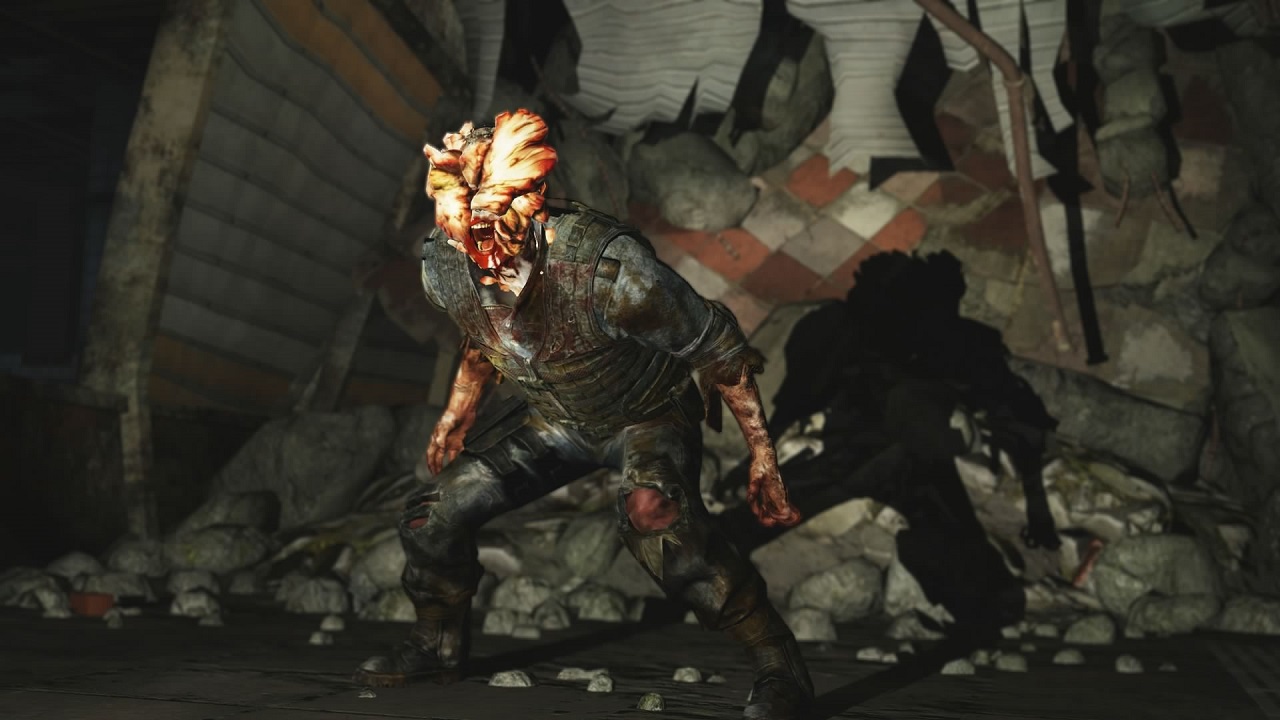
In the fourth and final stage of CBI, the Infected significantly bloats in size, and develops an all-encompassing shell of hardened fungal growth. The result is a monster called a bloater. Bullets practically bounce right off them. They tear off chunks of their body to use as makeshift chemical grenades. They roar. Blissfully, bloaters are quite rare. Just seven of these not-zombies show up over the entire course of The Last of Us.
Let me guess: “The humans are the real bad guys?”
As with all post-apocalyptic stories, society in The Last of Us is fractured beyond recognition. American cities are transformed into quarantine zones (“QZs”) that function more like police states. They’re generally strapped for resources. Some — like the Hartford, Salt Lake, and Pittsburgh QZs — have been straight-up abandoned by the government for one reason or another.
The fictional government agency in charge of these QZs is the Federal Disaster Response Agency, or FEDRA. Think: FEMA if FEMA had no moral restrictions and access to kiloton explosives. Early on in the CBI outbreak, FEDRA used those bombs to wipe out vast swathes of Infected — and any non-Infected who happen to be in the blast zone — in the fringes of QZs.
Opposite FEDRA is a group of rebels called the Fireflies. At face value, the Fireflies are noble: They want to repeal martial law, restore democratic order, and deploy scientists to find a cure for CBI. Some of their means to that end, however, are questionable. For instance, your first introduction to the Fireflies is a front-row seat to one of the Boston cells blowing up a checkpoint. The Fireflies call the Salt Lake City QZ — or, rather, what’s left of it — home.
There’s also no shortage of merciless bandit groups. These bandits operate much like bandits often do: Kill innocent people and take their stuff. In The Last of Us, a group called the Hunters have commandeered the Pittsburgh QZ. Later on in the game, you run into a group called the Cannibals, who, I’m sorry to report, religiously follow their namesake like (more on them later).
Everyone else exists in the grey area. As you quickly learn through playing, you don’t survive in The Last of Us unless you have some questionable morals.
Wait, I think I know this one: The main character is a total jerk with a heart of gold.
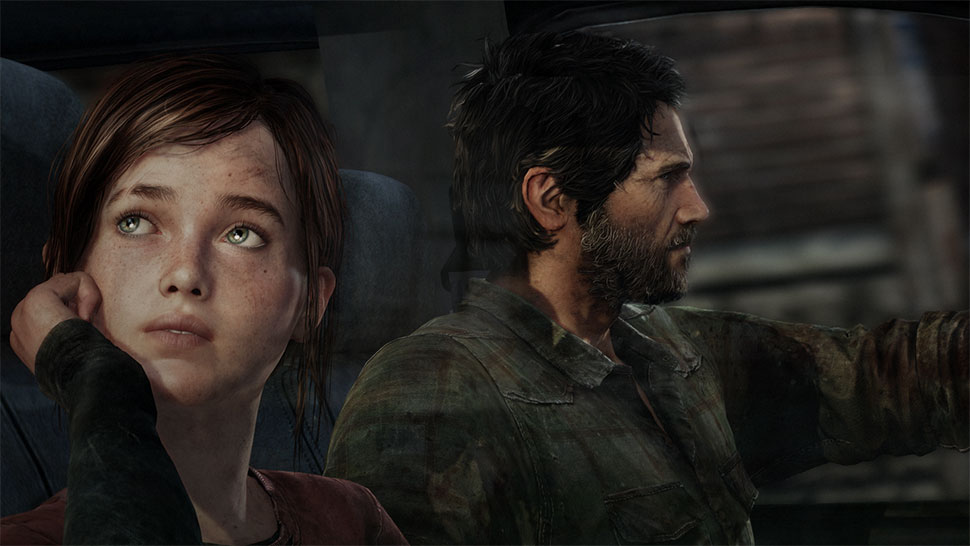
Yes and no. In The Last of Us, you play as a grizzled former smuggler named Joel (voiced by Troy Baker’s smooth-as-butter pipes). Joel’s story starts at the onset of the CBI outbreak, in September 2013. While trying to escape Austin with his daughter, Sarah, she gets shot in the gut by paranoid FEDRA soldiers. The plot picks up again two decades later. Joel’s made a new life in the Boston QZ, mostly by operating in the outskirts of strict martial law. (At one point, it’s implied he used to be a member of the Hunters.) Over the course of the game, Joel becomes a surrogate father to…
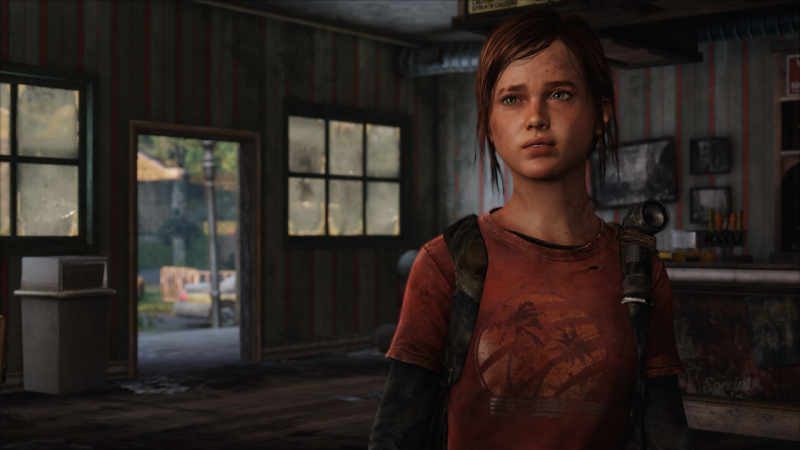
…Ellie, a foul-mouthed, comics-loving 14-year-old girl who happens to be the most important living human being on the planet. See, before the game’s events, Ellie was bitten. Three weeks have passed, and she still hasn’t turned. A Firefly leader named Marlene spots opportunity and asks Joel — along with his partner, Tess — to smuggle Ellie out of the Boston QZ. At the rendezvous, Fireflies plan to take Ellie westward, where scientists think they can reverse engineer a cure for CBI.
I’m sure everything goes according to plan.
It sure does.
Really?
No, this is a video game. The plan goes off all of the rails. FEDRA soldiers close in on their location, and a bitten Tess makes a sacrificial final stand so Joel and Ellie can set off to find Joel’s brother, Tommy, who used to be a Firefly. In the outskirts of Boston, the duo meets up with Bill, an old acquaintance of Joel’s. Bill hooks them up with a car, which they use to make their way to Pittsburgh.
Hey, that’s where the Hunters are!
Indeed. Joel and Ellie barely make it three hundred feet into the City of Bridges before they’re attacked by Hunters. To escape the city, they team up with a man named Henry and his younger brother, Sam, who are also looking for the Fireflies. Ellie and Sam become fast friends. Then, on the way out of town, Sam is bitten, turns, and lunges at Ellie. Henry shoots him down before turning the gun on himself.
A few months later, Joel and Ellie catch up with Tommy in Jackson, Wyoming. All things considered, Tommy has it pretty good. He and his wife, Maria, run a secure settlement near a fully operational hydroelectric dam. It’s clear of Infected. It’s secure from bandits. And, most importantly, it’s not a QZ. Naturally, Joel decides to leave Ellie there. She’s just “cargo,” after all, right?
Rude.
I know. But Joel comes around (Ellie brings up Sarah), and, soon enough, they’re off to Colorado. Per Tommy, the Fireflies set up shop at the University of Eastern Colorado. By the time Joel and Ellie show up, the rebel org is long gone — decamped, as our heroes deduce, to Salt Lake City. As they head out, bandits attack. Joel tussles with one and falls off a balcony, impaling himself through the lower-right abdomen on some rusty rebar.
Joel and Ellie make it out alive (well, barely so, in Joel’s case) and camp out in an abandoned hamlet. While hunting for meat, Ellie runs into a stranger, David (Nolan North, who also voices Nathan Drake in Naughty Dog’s Uncharted games). David offers to trade some medicine for Ellie’s game, but not before revealing that, as luck would have it, he’s the leader of all those bandits Joel wiped out in Colorado. She accepts the trade regardless and runs off.
David’s men track Ellie down, but not before she gets a chance to administer medicine to Joel. She’s knocked out and kidnapped. Upon waking up, she realises that, ew, David’s group of bandits are cannibals. She takes out one of David’s underlings and escapes. David, enraged, sounds the alarm, swears to kill her, et cetera, et cetera.
Back in town — the game bounces between our two main characters for a bit — Joel wakes up. He captures and mercilessly tortures two cannibals for Ellie’s location. When he finds her, she’s in a burning building, hacking away at David’s lifeless body. Joel pulls her away, embraces her, and calls her “baby girl” (Sarah’s old nickname).
Together again, Joel and Ellie begin the trek to Salt Lake. All the bullshit they’ve gone through ”can’t be for nothing,” she says.
Is Ellie ok after that?
Not in the slightest. When the duo reaches Salt Lake, their ostensible goal, they come across a family of giraffes, alive after all these years, hanging out in a zoo. The animals cheer her up in a heartbeat. It all sounds silly on paper, but in 2013, the scene blew everyone’s minds.
Soon enough, Joel and Ellie find themselves in Firefly custody. Marlene — who made the cross-country trek from Boston — explains to Joel that doctors could create a cure, with one, Ellie-sized catch: his newfound daughter figure won’t survive the surgery. Joel’s not having that, so he kills the Fireflies, kills the doctors, kills Marlene, and escapes with Ellie.
Words also don’t do the final minutes justice. You should just watch:
If it’s not clear, let me spell it out plainly: Joel would trade the world for Ellie — literally. A heart of gold? Maybe. A total jerk move? Most definitely.
Wow. Did Naughty Dog answer things up with any expansions?
In 2014, Naughty Dog released The Last of Us: Left Behind, a short, standalone expansion. (For PS4 players, it was included in 2014’s The Last of Us: Remastered.) Left Behind cuts between two plotlines. The modern-day portion takes place shortly after Joel is gravely wounded. Ellie searches an abandoned mall for medical supplies, dodging (or killing) cannibals and Infected all the while. It’s tense and atmospheric, but not terribly important to the larger story.
All the good stuff is told through flashbacks. Left Behind’s main plot takes place three weeks before The Last of Us begins. Ellie and her old friend Riley (the same one she mentions in that ending speech) head off to an abandoned mall, because symbolism. There, they play like normal teens — dance, ride a carousel, shoot each other with water guns. Ellie begs Riley not to leave with the Fireflies. They kiss.
It’s a lovely moment, until Infected totally ruin it. In the ensuing struggle, both Ellie and Riley are bitten. Once out of immediate harm’s way, they sit down and have a chat about accepting death, which Riley wraps with a punch to the gut:
“There are a million ways we should’ve died before today, and a million ways we can die before tomorrow. But we fight, for every second we get to spend with each other. Whether it’s two minutes or two days, we don’t give that up. I don’t want to give that up. My vote: let’s just wait it out. You know, we can… be all poetic and just lose our minds together.”
Riley turns. Ellie, as you know, does not.
You’re telling me this game is fun?
I am not. No reasonable person would tell you that. Even in his review of the game, Kotaku’s Kirk Hamilton went out of his way to describe The Last of Us as “not a ‘fun’ game.” Kirk is correct: The gameplay isn’t “fun” by any means — but it is terrific.
In the barest terms, The Last of Us is a third-person shooter, though it might be one of the more stressful third-person shooters in recent memory. You don’t automatically snap to cover. You die from just a couple of hits. Your health doesn’t recharge after a few seconds of safe harbour. You’re no tougher, in terms of hit points, than your opponents.
You also don’t do much shooting. In fact, ammo is so scarce in The Last of Us that, more often than not, your clip for any given weapon will have just one bullet in it. Taking out human enemies is more a game of sneaking and planning than running and gunning (as you would in a certain other Naughty Dog franchise). Sneak up behind them, choke them out, smack them with a brick or a two-by-four — whatever you need to do to get the upper hand.
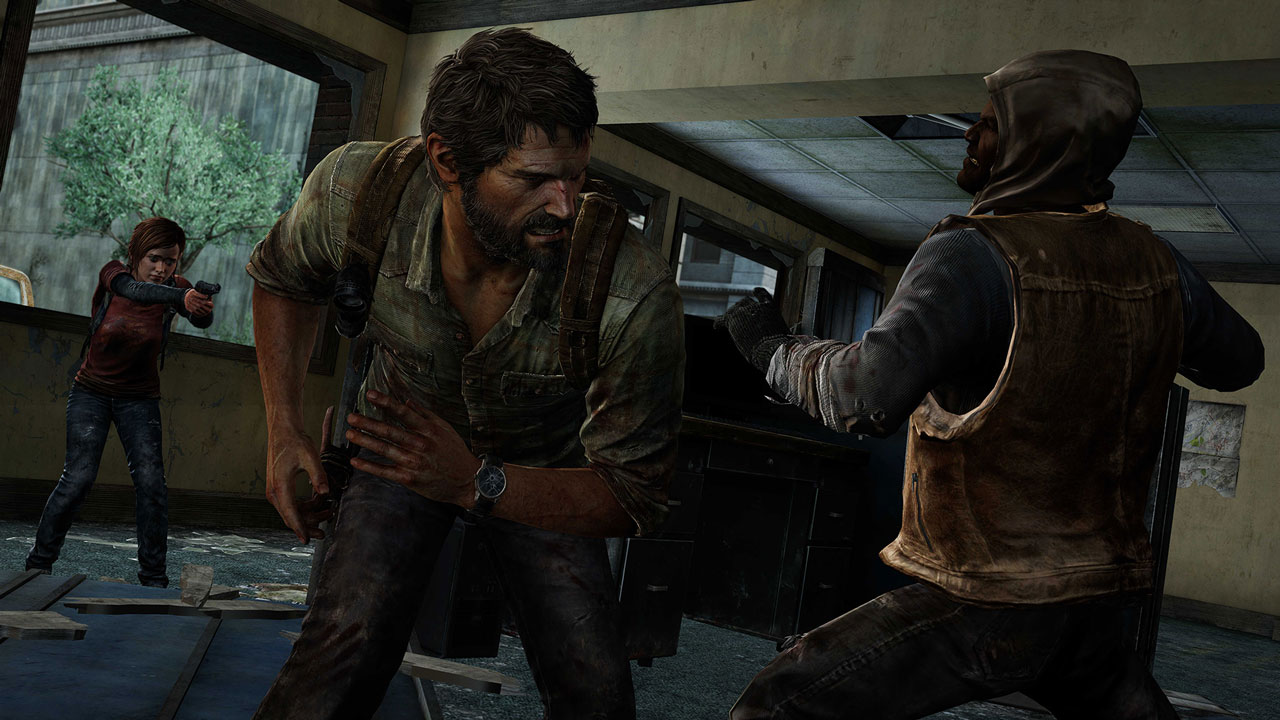
Fighting Infected requires more careful strategy than fighting humans. Joel and Ellie are emphatically not superheros, though both are blessed with one superpower: godlike hearing. It’s not as cool as invisibility or superhuman strength, but it is life-saving.
In The Last of Us, you can go into “listen mode,” in which you crouch down and can make out the shapes and locations of nearby enemies. Deploy it correctly, and you can see through walls. Listen mode is essential for fighting the Infected — particularly clickers, who can’t locate people unless they generate noise.
I’m assuming you’re telling me this because it’s important to the sequel.
Correct. The Last of Us: Part 2 doesn’t reinvent the wheel because it doesn’t have to. The sequel plays much the same, with a few tiny tweaks that you’ll pick up as you play. We’ll have much more on how to master gameplay in the coming days.
Cool. What else should I know before diving into the sequel?
Most of the surviving major players — Joel, Ellie, Tommy, and Maria — show up in Part 2. The sequel kicks off in Jackson, four years after the ending of The Last of Us. I can’t really share much beyond that without spoiling things, but know you’re in for a very different game.
The Last of Us is a story about grit, perseverance, and survival in the face of Vegas-grade odds. But above all, it’s a story about love. The sequel, meanwhile, couldn’t be further from that. As creative director Neil Druckmann revealed in 2016, The Last of Us: Part 2 is a game “about hate.” Steel yourself for a tonally different narrative.
You don’t need to trouble yourself with any trailers before starting. If you’re purely looking for gameplay, watch the lengthy preview from Sony’s May 27 “State of Play” event.
You could also read a wide breadth of reviews. Yes, The Last of Us: Part 2 is currently sitting at a 96 on point. A raw number doesn’t matter as much as people’s individual opinions. And Part 2 is a game that, perhaps more than any other this year, can’t be summed up with a mere numeral.
In particular, I’d (surprise!) like to direct you toward the Kotaku review. Like many others, I enjoyed Part 2 quite a bit. Riley, our reviewer, wasn’t exactly a fan — something we’ll hash out on the page soon enough.
Awesome. I think I’m ready.
Well, no amount of prep can truly make you ready for Part 2, but, hey, have fun anyway!
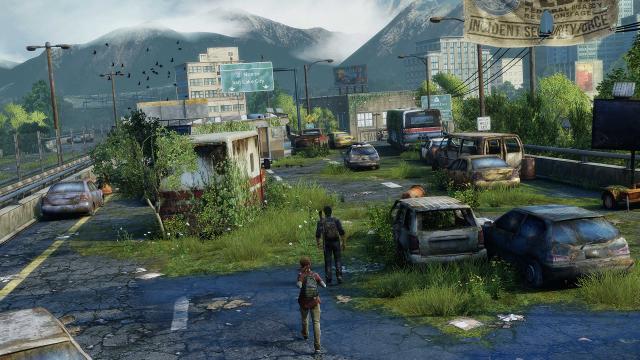
Comments